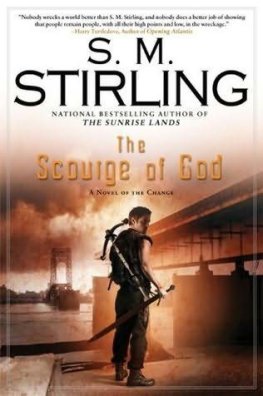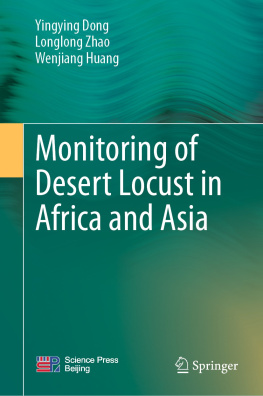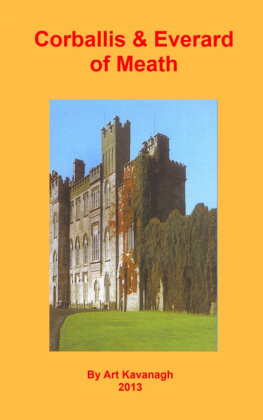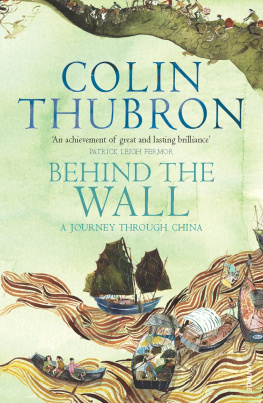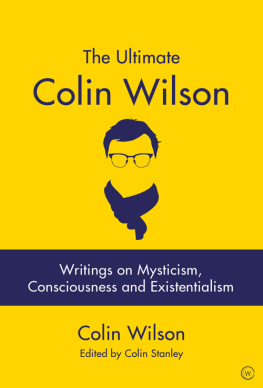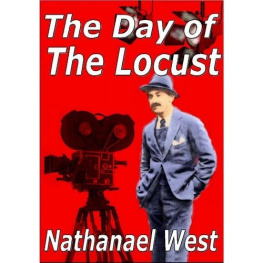Colin Everard has worked for over 40 years with developing countries as a technical cooperation practitioner. Subsequent to his retirement from Her Majestys Overseas Civil Service he worked in the UN System, in the field of international civil aviation. His contribution to the development of safe civil aviation has been widely recognised and he is a recipient of the Gold Award of the International Civil Aviation Organization. He has been a Fellow of the Royal Aeronautical Society, a Fellow of the Chartered Institute of Management and a Fellow of the Chartered Institute of Purchasing and Supply. Colin Everards career details have been selected for inclusion in a data bank which has been established in the Bodleian Library, Oxford University, for the use of scholars and researchers. This is his fourth book. He lives in Vienna.
Desert Locust
Plagues
Controlling the Ancient
Scourge
Colin Everard
Published in 2019 by
I.B.Tauris & Co. Ltd
London New York
www.ibtauris.com
Copyright 2019 Colin Everard
The right of Colin Everard to be identified as the author of this work has been asserted by the author in accordance with the Copyright, Designs and Patents Act 1988.
All rights reserved. Except for brief quotations in a review, this book, or any part thereof, may not be reproduced, stored in or introduced into a retrieval system, or transmitted, in any form or by any means, electronic, mechanical, photocopying, recording or otherwise, without the prior written permission of the publisher.
Every attempt has been made to gain permission for the use of the images in this book. Any omissions will be rectified in future editions.
References to websites were correct at the time of writing.
ISBN: 978 1 78831 435 0
eISBN: 978 1 78672 485 4
ePDF: 978 1 78673 485 3
A full CIP record for this book is available from the British Library A full CIP record is available from the Library of Congress
Library of Congress Catalog Card Number: available
Typeset by Riverside Publishing Solutions, Salisbury, Wiltshire, UK
To my lovable, and loving, wife Emy
Contents
Images are the authors own, unless stated otherwise.
Frontispiece Sir Boris Uvarov K.C.M.G. He published his landmark research work Grasshoppers and Locusts in 1926. Photo by Elliott and Fry. Courtesy of The National Portrait Gallery, London.
Professor of Tropical Zoology
Natural Resources Institute
The University of Greenwich
Farmers dread the arrival of locusts into their crops, as a swarm can destroy whole fields of millet, sorghum, wheat, rice, fruit or whatever else takes their fancy, very quickly. There is a variety of locust species found in parts of the Americas, Africa, Australia, Europe, the Middle East and Asia, but none is feared as much as the desert locust Schistocerca gregaria. It has two subspecies: the nominate form Schistocerca gregaria gregaria and a lesser-known variety, Schistocerca gregaria flaviventris, which infests Namibia, the Republic of South Africa, Botswana and Angola and even reaches Ascension Island. This latter snippet of information gives a clue to the species incredible propensity to long-distance migration: Insects blown off course have even crossed the Atlantic.
Swarms may descend as if from nowhere, having travelled many kilometres to reach the field that they have chosen to destroy. However, before this can happen they have to increase their numbers to an extent that they can change their phase, from that of solitary creatures behaving like ordinary grasshoppers to the gregarious hordes that form cohesive swarms, flying by day instead of by night and darkening the sky. So, if they can be found before they succeed in reaching the swarming condition, they can be killed in a pre-emptive strike. If this fails they have another Achilles heel, and that is their hopper stage. After hatching they remain flightless for nearly two months, when they can be attacked on the ground. But to control them in this manner they have to be found first!
Search and destroy missions were part and parcel of the work of the Desert Locust Control (DLC), established by the British Army during World War II and maintained as a civilian operation afterwards. Meanwhile, research into the biology of the creatures, to develop means to forecast their movements and improve means to control them, was masterminded by Sir Boris Uvarov FRS, who ran the Anti-Locust Research Centre, an antecedent of the Centre for Overseas Pest Research, which I joined in 1976 and which was eventually absorbed within the Natural Resources Institute of the University of Greenwich.
Glib words about finding and destroying locusts can never do justice to what is entailed in the epic struggle of this extreme form of applied entomology. Deserts are harsh and unremittingly tough places to work in, especially in the midst of wars and civil conflicts, so dangers, both natural and man-made, abound. In Colin Everards fascinating and entertaining account of his involvement with the DLC in the fight against the desert locust you will read accounts of daring exploits and how he managed to survive many a close call. But such is the lot of those involved in protecting crops; when actions prevent famine it is worth the risk. Colins enthusiasm and dedication to this task jump at you from these pages. When there is a famine today, it is broadcast to the world by the mass media, but no one hears when a plague of locusts has been stopped in its tracks. Colin is one of the unsung heroes responsible for stopping many a plague. In these pages you will find out how he did it, why it was far from easy and why it nearly cost him dear on more than one occasion. This book is an enthralling read and a salutary tale.
No man is an island, entire of itself
Because I am involved in mankind.
John Donne, 1624
I think it is never easy for the humble author to write his or her acknowledgements, simply because it is impossible to express the depth of ones feelings of gratitude. Nevertheless, acknowledgements of help and support must always be properly recorded.
Four hundred years ago, John Donne wrote that no man is an island; if he had lived today he would have included or woman in his poem. Over the years, there have been many interpretations of Donnes famous poem. Perhaps because of the circumstances of my working life, my interpretation has remained consistent we can do few things of real substance on our own and if one tries to adopt the prima donna approach, then our initiatives are almost certainly doomed to fail.
In my working life I was at the peak of my competence (as an international civil servant) about 20 years after leaving the Desert Locust Control (DLC) at the age of 31; when I refer to competence, I mean that the qualities with which we are endowed are used to their optimum effect. Sometimes I used to think that the more I knew and understood about a subject, the more I realised there were gaps in my knowledge; so I had to learn more. And I never initiated an action of significance without first consulting the specialists who could advise me with their knowledge on any given aspect of the subject in hand.





